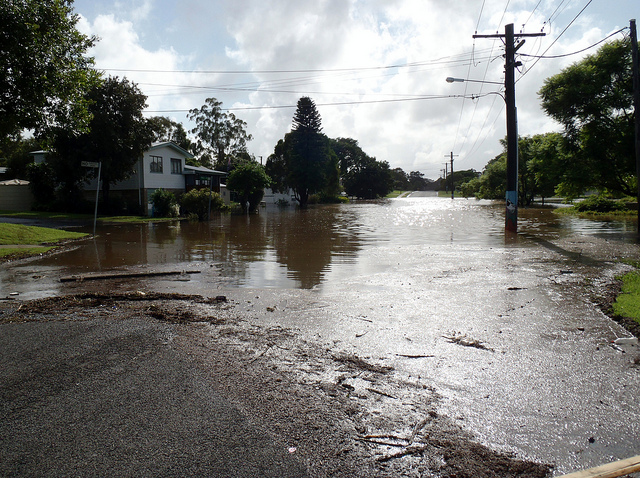
If your house floods, you’re going to experience water’s mercilessly destructive power. The infrastructure of your home, as well as your precious personal belongings can be damaged beyond repair. Water from a flood creates inordinate amounts of mud and grime, and contains harmful contaminants.
Here are some things you’ll to have to attend to in order to return your home to its pre-flood condition. If you’re selling your home after a flood, you’ll find yourself in the unenviable position of having to take these steps as quickly as possible.
- Call your insurance agent. Hopefully, you have flood damage insurance, and your agent can arrange for an adjuster to come out as soon as possible to assess the damage. Document the damage – take any photos or videos before you start the cleaning process
- Remove all mud. As you can imagine, you’re going to get down and dirty here. Use a garden sprayer or hose to wash away as much mud, dirt and grime as possible from all hard surfaces.
- Clean all surfaces. You’re going to need to disinfect damaged areas as meticulously possible, and as quickly as you can to avoid total contamination. Use heavy-duty cleaner and hot water, and scrub the surfaces fastidiously. Use a powerful disinfectant or a mixture of 1/4 cup of chlorine bleach for every gallon of water. And of course, you’re going to need the most essential ingredient – plenty of elbow grease!
- Disinfect everything in the kitchen. Make sure that any porcelain, glass, china and enamelware soaks for at least 10 minutes in a strong sterilizing solution. For this, mix two tablespoons of chlorine bleach for each gallon of hot water. Apply vigorously.Take note: do not use chlorine bleach four silverware, such as pots, pans, and metal utensils. Chlorine bleach can cause the metal to darken. For metal utensils, boil them in water for at least 10 minutes.
- Throw away all mattresses. They’re simply unsalvageable.
- Repair ceilings and walls. Essentially, soaked wallboard becomes a sponge.
Wet wallboard, paneling, and plaster are a serious health hazard. Again, it’s always best to hire a professional for this. - If your basement is filled with water, you’re going to need to pump out at least two to three feet of water every day. Also, it’s important that you drain the basement slowly. If not, you can cause severe damage, as extreme wall pressure can cause floors and walls to crack and collapse.
After a flood, cleaning your home is an extremely time-consuming and arduous process. These are just the tip of the iceberg. In the end, severe flood damage could leave your home beyond repair. Ultimately, you may decide that it’s just not worth it. After a flood, your best bet is to sell your home outright, as-is, to HomeVestors®. Even with extensive flood damage, We make fair cash offers on houses “as is”. Contact us at HomeVestors® today.



